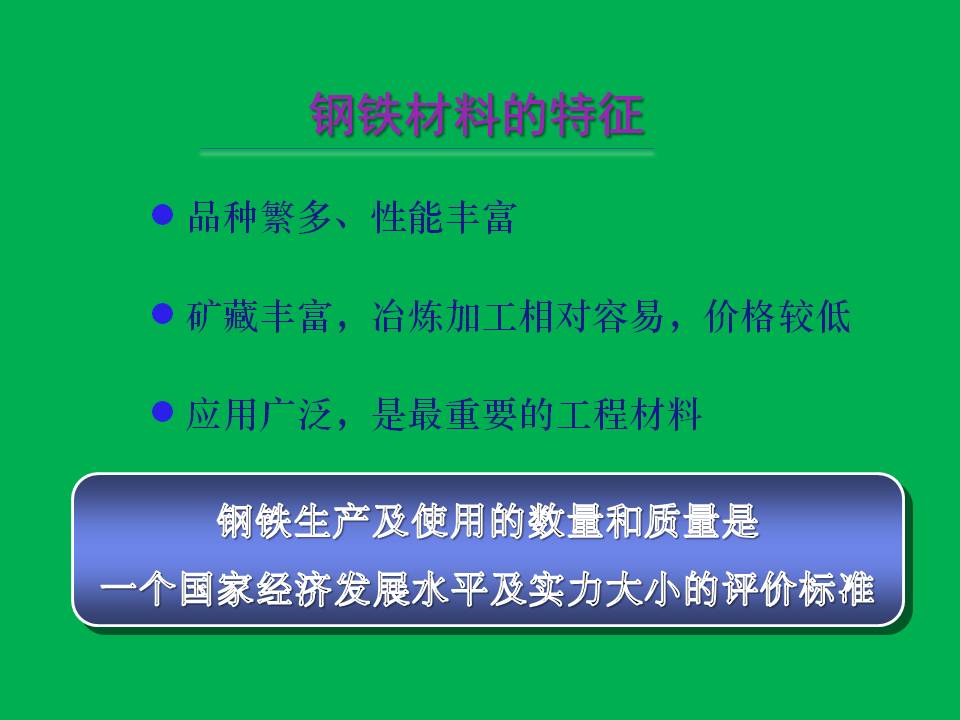The purpose of this lecture is to demonstrate how molecular insight can aid in clarifying the actual role of corrosion inhibitors for copper. This is accomplished by adsorbing a series of self-assembled monolayers of alkanethiols (CH3(CH2)xSH) with varying chain length (3<x<17) on copper, and studying the resulting atmospheric corrosion effects upon exposure in humidified air with sub-ppm concentrations of formic acid (HCOOH)。 This environment largely mimics the atmospheric corrosion of copper in representative indoor environments. Molecular insight is gained by analyzing the corroding copper surface under in situ conditions with infrared reflection absorption spectroscopy (IRAS) combined with vibrational sum frequency spectroscopy (VSFS)。 IRAS reveals the compounds and their amounts in the corrosion products formed, and VSFS the parallel change in molecular structure of the alkanethiols upon exposure.
A main result is the continuous increase in corrosion protection with increased chain length. Further, the proportion between main corrosion products found are different on bare, unprotected, copper compared to copper protected with any of the alkanethiols. The results show that the corrosion stimulators are hindered by the alkanethiols to reach the copper surface, partly because of their hydrophobic character and partly because of their close packing ability. This hindrance seems to be selective with respect to the corrosion stimulating species O2, H2O and HCOOH, and the alkanethiols undergo an increased disordering with increased corrosion effects.
The studies also show the need for highly mass sensitive analytical techniques that can probe the absolute amounts of corrosion products formed on corrosion protected copper also on relatively short time scales. Results are presented from two state of the art techniques with extremely high mass sensitivity: nanoplasmonic sensing and quartz crystal microbalance. Their successful application to monitor minute mass changes on copper protected by alkanethiols under current exposure conditions will be demonstrated, showing that a mass sensitivity corresponding to 2% of an equivalent monolayer of corrosion products can be reached. The in situ monitoring of such low oxidation rates under ambient pressure conditions has probably never been attained before.
In all, the results illustrate new possibilities of designing more environmentally friendly corrosion inhibiting molecules and new ways of monitoring very low corrosion effects.
中国腐蚀与防护网官方QQ群:140808414
《中国腐蚀与防护网电子月刊》征订启事
投稿联系:郭静 电话:010-82387968-802
QQ: 815397784 邮箱:guojing733@163.com

官方微信
《中国腐蚀与防护网电子期刊》征订启事
- 投稿联系:编辑部
- 电话:010-62313558-806
- 邮箱:fsfhzy666@163.com
- 中国腐蚀与防护网官方QQ群:140808414




